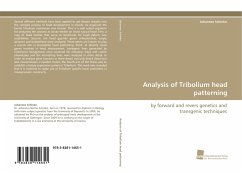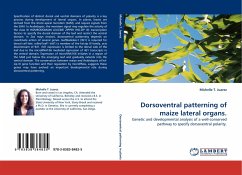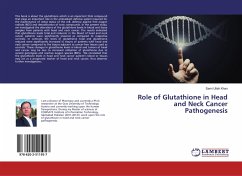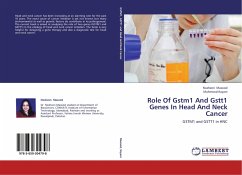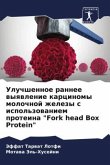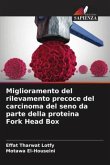Several different methods have been applied to get deeper insights into the complex process of head development in insects. As organism the beetle Tribolium castaneum was chosen. This is a well suited organism for analyzing this process as larvae exhibit an insect typical head. First, a map of head bristles that serve as landmarks for head defects was established. Second, the head gap-like genes orthodenticle, empty spiracles and buttonhead were analyzed. These genes are known to play a crucial role in Drosophila head patterning. Third, to identify novel genes involved in head development, transgenic lines generated by insertional mutagenesis were screened for enhancer traps and cuticle phenotypes and the interesting lines were analyzed in more detail. In order to analyze gene function in more detail, not only knock down but also misexpression is needed. Hence, the fourth aim of this thesis was to establish a binary expression system in Tribolium. This work also revealed that it is essential to make use of Tribolium specific basal promoters in misexpression constructs.
Bitte wählen Sie Ihr Anliegen aus.
Rechnungen
Retourenschein anfordern
Bestellstatus
Storno

